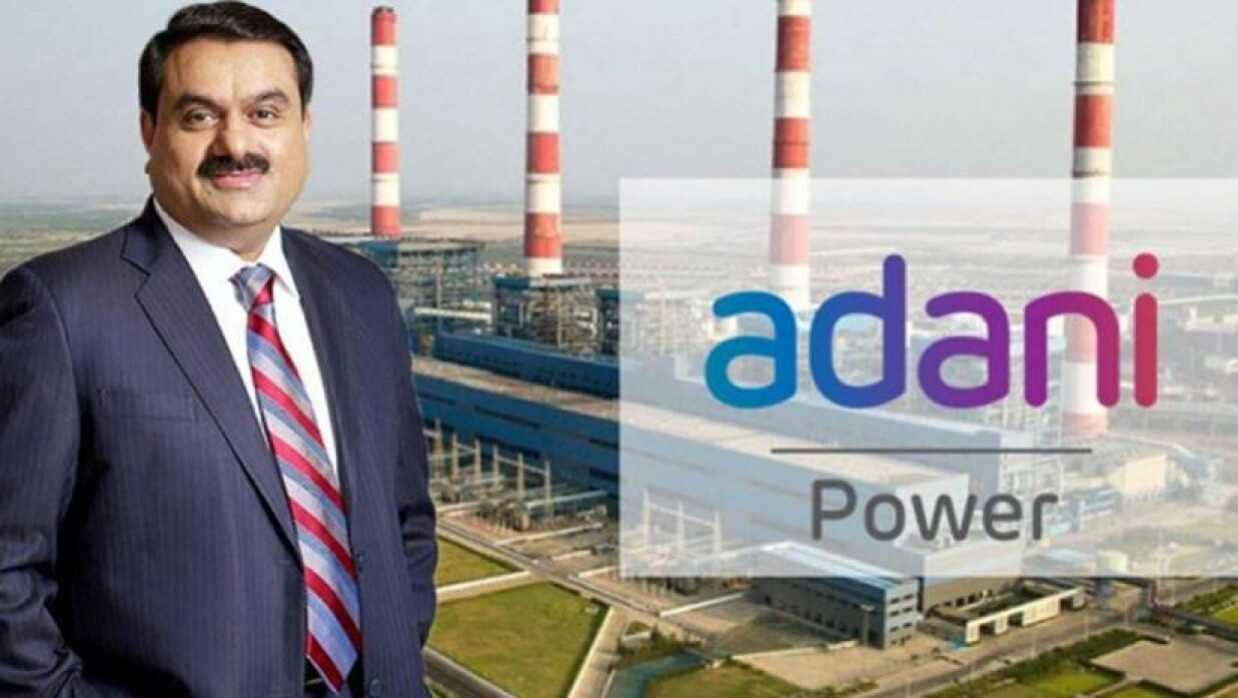India’s solar module boom heads for painful consolidation

Overcapacity, tech shifts and China squeeze smaller players
India’s fast-growing solar module manufacturing sector is heading toward a sharp consolidation as overcapacity, rapid technology shifts and pressure from Chinese competitors squeeze weaker firms, analysts at rating agency ICRA warn. The country has approved roughly 110 gigawatts of module capacity under its official list of models and manufacturers, but Reuters reports that only around three-quarters of that can adapt to newer technologies such as TOPCon and bifacial modules. At the same time, India’s actual solar installations are expected to come in at just 45–50 GW, far below planned manufacturing capacity. The mismatch is setting up a shake-out in which many smaller or less advanced manufacturers may be forced to exit the market over the next three to five years.
ICRA’s analysts say production capacity could climb as high as 165 GW as projects in the pipeline come online, deepening the overhang. While that suggests India will have no shortage of panels, it also means fierce price competition in a field where global module prices are already under pressure. China still dominates the solar value chain and has been shipping modules at aggressively low prices, making it harder for Indian firms to compete without scale and efficiency. For developers, cheaper panels are good news; for manufacturers, they are a direct threat to margins.

Technological change compounds the risk. Bifacial modules, which capture light from both sides, and TOPCon cells, which improve electron flow and reduce losses, are becoming the new standards for utility-scale projects. Plants that cannot upgrade their lines to produce these designs will find themselves stuck with older technologies that buyers increasingly avoid. Converting factories is capital-intensive and often requires integrated operations spanning wafers, ingots, cells and modules rather than simple module assembly.
ICRA’s Girishkumar Kadam notes that the manufacturing segment now demands scale and vertical integration if companies want to survive. That favors large conglomerates and well-financed entrants while leaving mid-sized and small players exposed. Policymakers are pushing cell manufacturers to ramp up wafer and ingot production by 2028. Companies may not be willing to make significant investments to achieve this goal, and they may be left out of their own choices.
Policy ambitions collide with market realities
Delhi views renewable energy security as a strategic priority. To boost domestic production, the government is trying to build local industries by offering various incentive packages, tariffs, and import controls. It wants most components for large solar projects to be manufactured within the country in the future—eventually positioning India as a strong global exporter as well.

But in reality, market dynamics often move in directions opposite to policy goals. With falling module prices in the global market, China’s aggressive production, and rapid technological shifts, tariffs and incentives alone cannot protect all players. According to ICRA’s analysis, companies that only assemble modules or rely on older technologies are likely to be the hardest hit in the first wave of disruption.
In this context, larger, integrated, and technologically advanced manufacturers are expected to dominate the market in the long run. By investing in updated technologies and controlling more of the value chain—through the production of cells, wafers, and ingots—they can reduce costs and strengthen their competitiveness globally. For smaller companies, the remaining options will increasingly be to merge with bigger players or eventually exit the market.
There is also growing discussion about how these shifts will impact environmental and energy goals. On one hand, increased competition and declining prices will make solar project development easier, supporting India’s renewable energy ambitions. On the other hand, excess capacity and financial strain on players may create new risks—such as projects stalling midway, putting pressure on banks and investors, or factories being left incomplete. For policymakers, the coming years will therefore be a test of balance—allowing the market to operate naturally while protecting the capabilities of strategically important players.





















